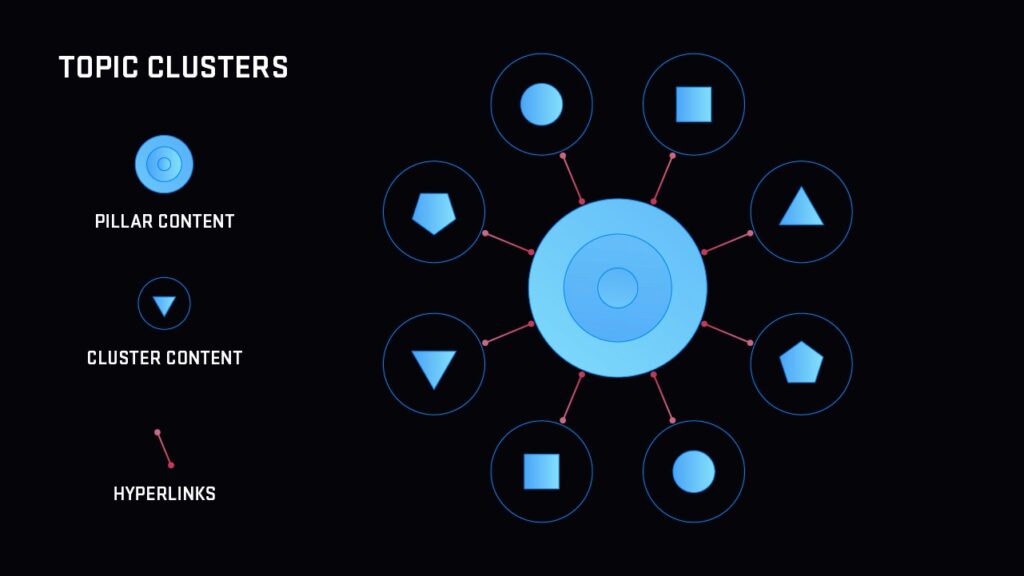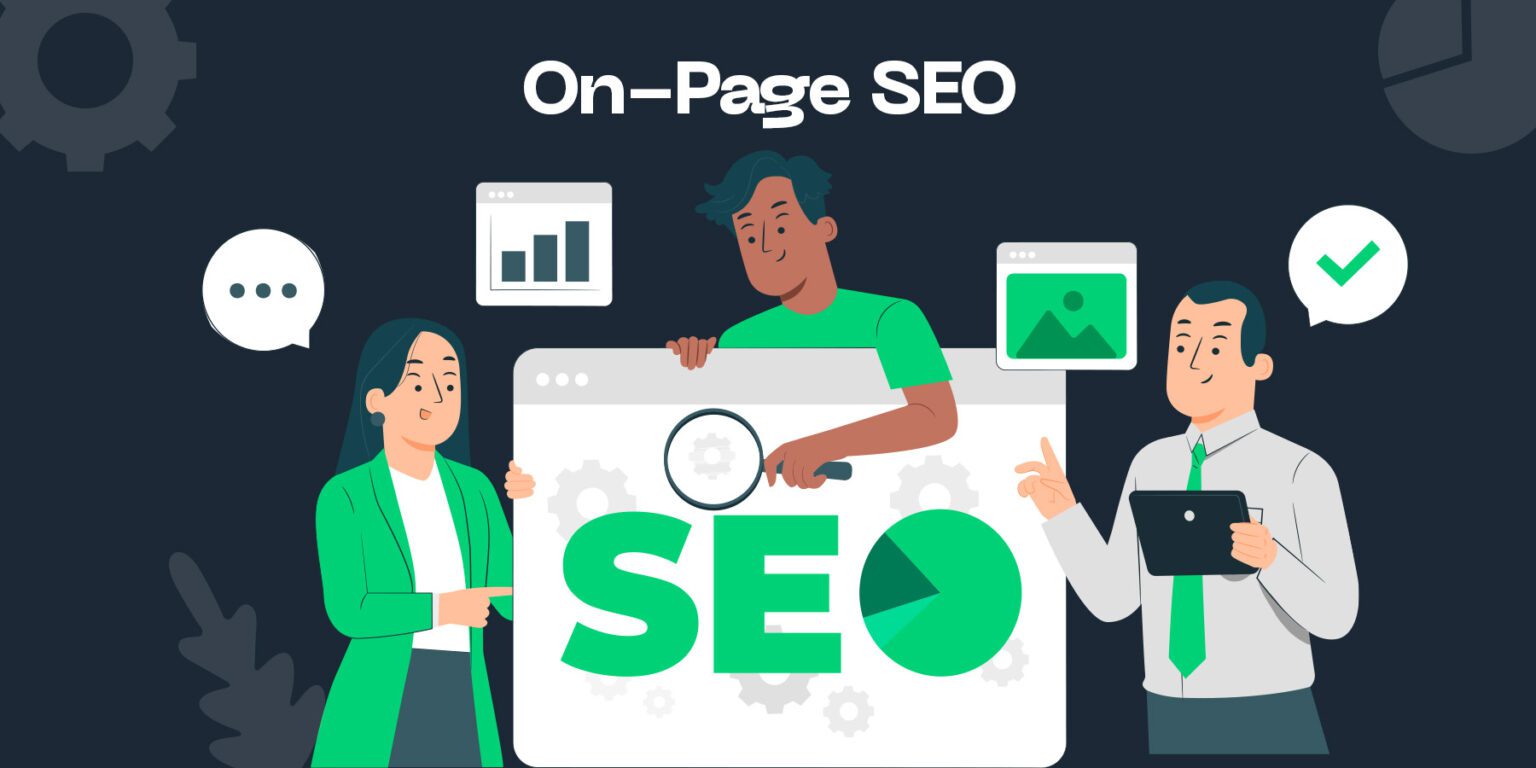In the past, SEO was just about putting in a lot of keywords and building links. These days, it’s a complex, interconnected field that focuses on things like user experience, content relevance, search intent, and technical accuracy. Companies that want to grow online can’t keep using old methods; they need to adopt new ones that work with how search engines work now and how people use the internet.
In this guide, we’ll go over the most important parts of SEO in today’s world. We’ll cover everything from figuring out what users want, to using AI tools, speeding up your site, and making strategies that will last.
Understanding User Intent: The Heart of SEO
Understanding what users want is the most important part of SEO.
User intent is becoming more and more important, which is the biggest change in SEO. Optimizing for keywords alone is no longer enough. You need to know what people are looking for and why.
Different Types of User Intent
- Informational Intent: Users want to learn something, like “How to install solar panels” or “Benefits of organic skincare.”
- Navigational Intent: They want to get to a certain website, like “Facebook login” or “Netflix homepage.”
- Transactional Intent: People are ready to act, for example, searching for “buy noise-canceling headphones.”
By matching your content to these intents, you can help users at every stage of their journey and improve your chances of ranking for relevant queries.
Key Advice
- Use both historical and real-time data to understand how your audience behaves.
- Connect what users want to your keyword strategy.
- Use tools like Google Keyword Planner to make targeting more precise.

ALSO READ: 10 Common SEO Mistakes to Avoid in 2025
Content Creation with Topic Clusters
There was a time when you could only focus on one page of keywords. Topic clustering is the new trend. It groups related content around a central “pillar” page.
How to Make Topic Clusters
- Pillar Page: General overviews like “Digital marketing strategies” or “Home automation systems.”
- Cluster Pages: Cover specific topics like “SEO tips for small businesses” or “Social media marketing 101.”
- Internal Linking: Link cluster pages back to the pillar and to other related content.
This structure makes it easier for search engines to find your site and improves its rankings in featured snippets, voice search, and discoverability.
Data-Driven SEO: Using Analytics to Your Advantage
You can’t just guess at SEO success; you have to look at measurable results.
Important Metrics to Track
- Trends in Organic Traffic: Find out what’s working and what isn’t.
- Bounce Rate and Dwell Time: A low dwell time means content doesn’t match user expectations.
- Conversion Rate by Source: Identify which traffic sources bring the most value.
- Backlink Growth: Monitor how well your outreach is performing.
Using analytics tools like Google Analytics or specialized platforms can help you improve your strategy and allocate resources where they’ll be most effective.
Technical SEO: Core Web Vitals Matter
A website that works well is no longer a choice. Google’s Core Web Vitals are now factors that affect search engine rankings.
Key Metrics
- LCP (Largest Contentful Paint): Should take less than 2.5 seconds.
- FID (First Input Delay): Should be under 100 milliseconds.
- CLS (Cumulative Layout Shift): Keep it below 0.1.
Simple but effective steps to improve site performance include optimizing images, using caching, and refining JavaScript.
Harnessing AI in SEO Strategies
AI is changing SEO by giving you tools to understand language, analyze competitors, and create better content.
How AI Can Help
- Content Optimization: Tools like SEOPlanned suggest changes based on the top-performing pages.
- Chatbots: Engage users instantly, reducing bounce rates.
- Voice Search: Tools like Alexa and Siri help answer questions in a natural way.
AI is powerful, but it shouldn’t replace human expertise. Always review and refine AI-generated content before publishing.
Why Original and Relevant Content is Crucial
Google rewards content that prioritizes people over algorithms, especially with updates like the Helpful Content Update and the March 2024 Core Update.
Common SEO Mistakes
- Keyword stuffing makes content awkward and hard to read.
- Duplicate content is treated as spam and penalized.
- Poor writing won’t answer user questions effectively.
Advice for Better Content
- Create headlines that capture attention.
- Offer practical tips and examples.
- Use visuals to enhance the experience.
Long-Term SEO Strategies That Work
SEO is a long race, not a short one. A long-term strategy must be consistent, adaptable, and user-focused.
Best Practices
- Create content that stays useful over time, like guides and industry insights.
- Engage your audience through comments, forums, and social media to build loyalty.
- Stay up to date by adjusting strategies regularly to match search engine updates.
Building trust and providing valuable information keeps users coming back.
Adapting to Search Engine Updates
Google’s algorithm updates—like Hummingbird (2013), RankBrain (2015), BERT (2019), and Helpful Content Update (2023)—demonstrate a shift towards better understanding of natural language and user needs.
Important Lessons
- Ensure content is easy to read and contextually relevant.
- Provide clear, useful answers.
- Avoid shortcuts that harm the user experience.
The Growing Importance of Visual and Voice Search
With the rise of AI assistants and voice technology, optimizing for voice and visual search is no longer optional.
Steps to Take
- Use descriptive alt tags for images.
- Optimize video loading speeds.
- Structure content to be clear and directly answer questions.
As zero-click searches grow, short, helpful, and easy-to-find content is essential.
Final Thoughts: SEO is About People, Not Algorithms
SEO isn’t about gaming the system; it’s about delivering value to users. The most successful strategies are built on understanding your audience, providing helpful content, and improving technical elements to enhance the user experience.
Tools and AI can assist, but the foundation of SEO lies in creativity, empathy, and insight. Follow these principles, and you’ll not only climb the search rankings but also create lasting relationships with your audience.



